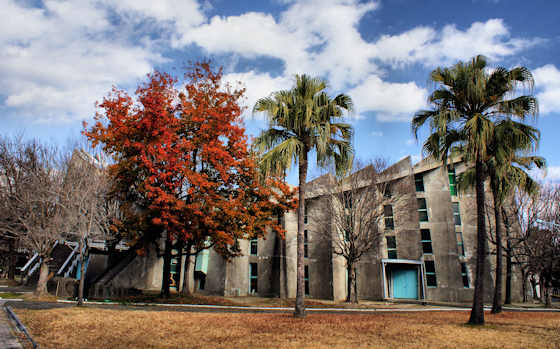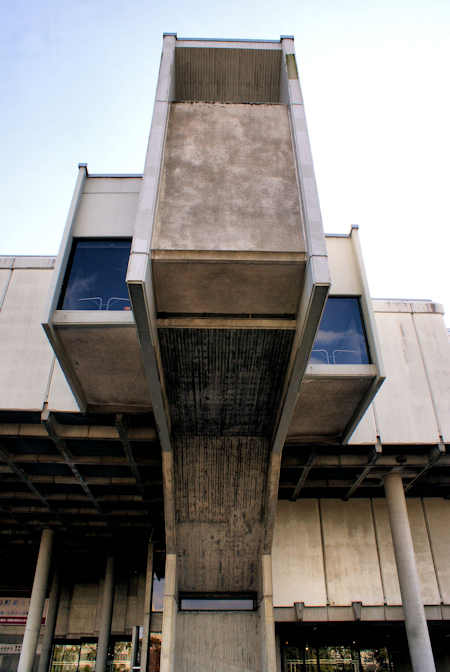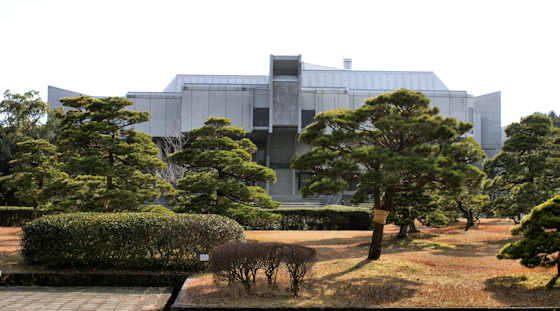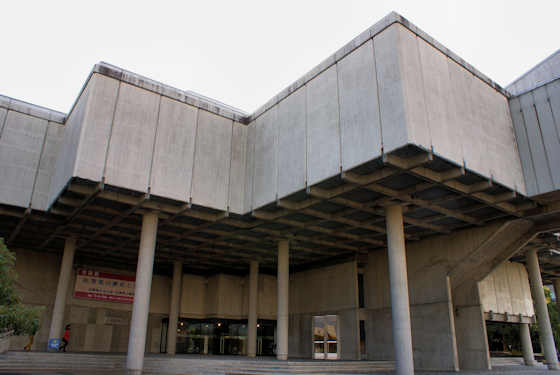Wednesday, July 19, 2023
Hizen Hamashuku Former Samurai Residence
Saturday, July 15, 2023
Hizen Hamashuku Sakagura Street Preservation District
Wednesday, July 5, 2023
Fumyo-ji Temple Kashima
Thursday, June 29, 2023
Tanjo-in Temple 62 Kyushu Pilgrimage
Monday, May 8, 2023
Otsubo Quarry
Sunday, January 22, 2023
Ichimura Memorial Gymnasium
Ichimura Memorial Gymnasium
At the northern end of what was the grounds of Saga Castle is yet another Modernist public building, the Ichimura Memorial Gymnasium.
It was built in 1963 and designed by Junzo Sakakura (1901-1969).
After graduating he joined the studio of Le Corbusier in Paris where he eventually came to head the studio. He assisted Le Corbusier in his only Japanese project, the National Museum of Western Art in Tokyo.
Not visible from the ground is the rather elegant roof of the gymnasium, a saddle shape formed by two parabolic curves.
What is clearly visible is the aging concrete surface, something that so many concrete structures in Japan suffer from and that will only get worse as time marches on.
Thursday, January 19, 2023
Saga Prefectural Museum
Saga Prefectural Museum
Located within the moats of the former Saga Castle, and adjacent to the reconstructed Castle Palace, is the Saga Prefectural Museum.
It opened in 1970 and in 1983 the Prefectural Art Museum was opened next door and is connected by a passageway.
It was designed by architects Teichi Takahashi and Shoya Uchida, two architects that I not heard of before. At the time I'm sure it was classed as a "Modernist" design, though now it is more likely called Brutalist.
The displays cover archeology & History, Geology and the Natural Sciences, and folklore. Many items dug up from the Yoshinogari site are on display. Entry is free except for special exhibitions.
Outside the museum is the Tadao Koga Sculpture Forest.
































































